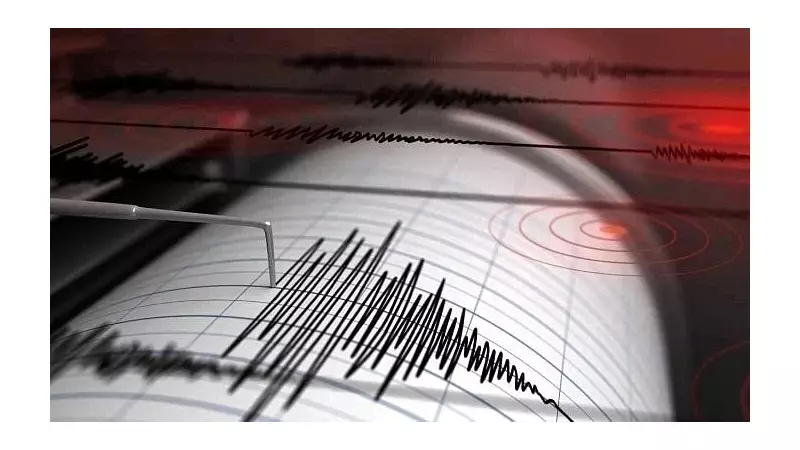
A powerful earthquake measuring 6.6 on the Richter scale jolted the Banda Sea region of Indonesia on Wednesday, sending tremors across the area but fortunately avoiding any tsunami threat.
Seismic Event Details
The United States Geological Survey (USGS) confirmed the quake struck at a depth of approximately 10 kilometers beneath the sea floor. The epicenter was located in the remote Banda Sea, about 342 kilometers northwest of the Australian territory of Darwin.
Immediate Response and Monitoring
Indonesian authorities quickly assessed the situation and confirmed that no tsunami warning would be issued. The country's meteorological, climatological and geophysical agency monitored the situation closely, reassuring residents and neighboring regions about the absence of tsunami risks.
Regional Impact Assessment
While the earthquake was significant in magnitude, its remote location in the deep waters of the Banda Sea minimized potential damage to populated areas. The region experienced:
- Moderate shaking in nearby islands
- No immediate reports of casualties or damage
- Normal sea level conditions maintained
- Continued monitoring by regional agencies
Geological Context
The Banda Sea region is part of the Pacific "Ring of Fire", known for its high seismic activity. This area frequently experiences earthquakes due to the complex interaction of several tectonic plates, making such events relatively common in Indonesia's geological landscape.
Experts emphasize that while this particular earthquake posed no tsunami threat, it serves as an important reminder of the region's dynamic geological nature and the importance of continued seismic monitoring and preparedness.





